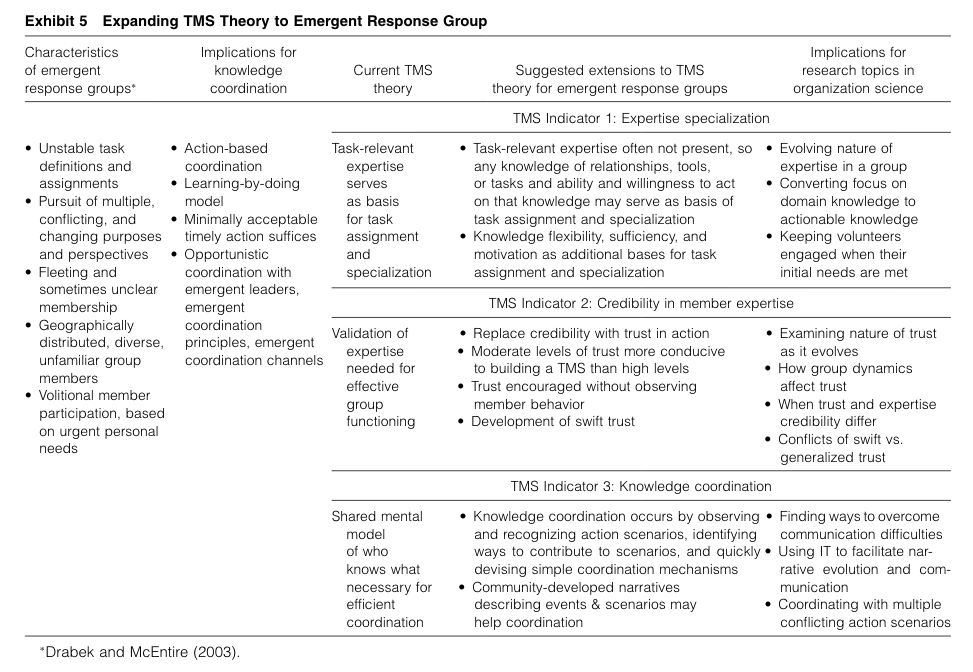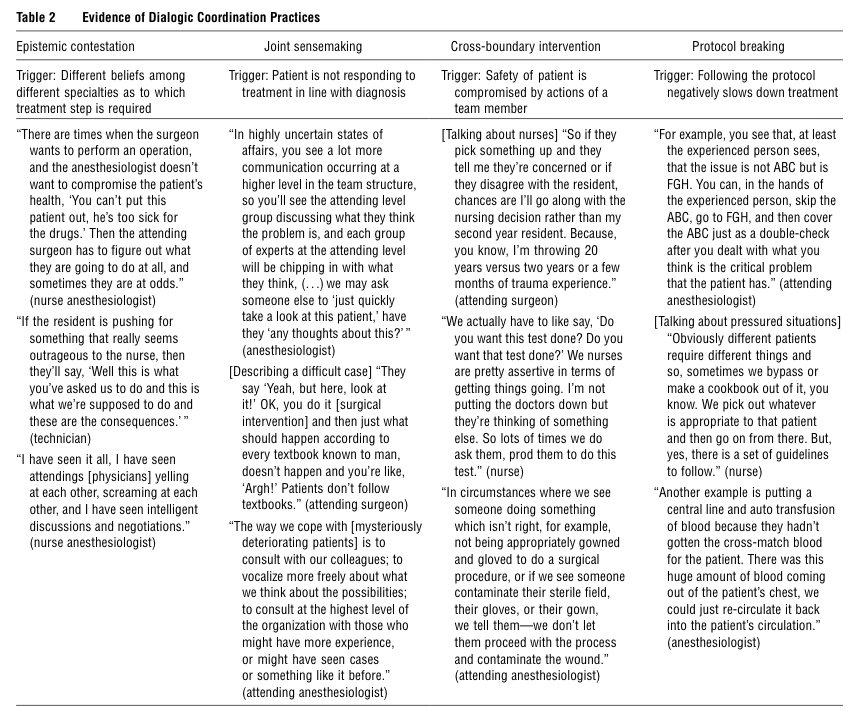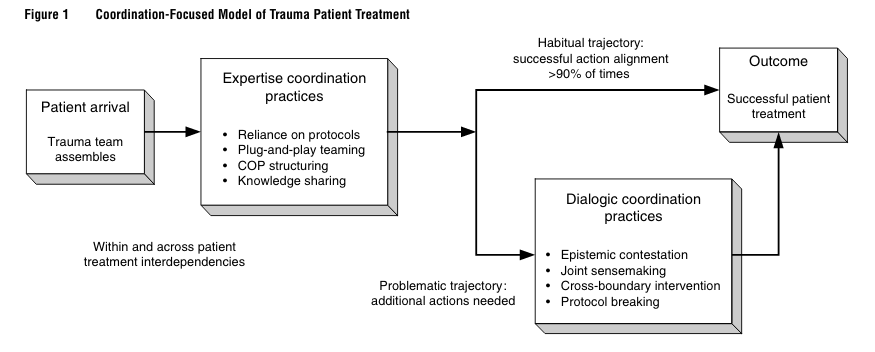Zack [42] distinguished these four termsaccording to two dimensions: the nature of what is being processed and the consti-tution of the processing problem.The nature of what is being processed is either information or frames of ref-erence. With information, we mean “observations that have been cognitively pro-cessed and punctuated into coherent messages” [42]. Frames of reference [4, p.108], on the other hand, are the interpretative frames which provide the context forcreating and understanding information. There can be situations in which there is alack of information or a frame of reference, or too much information or too manyframes of reference to process.
Description of information processing challenges and breakdowns.

Uncertainty -- not enough information
Complexity -- too much information
Ambiguity -- lack of clear meaning
Equivocality -- multiple meanings



